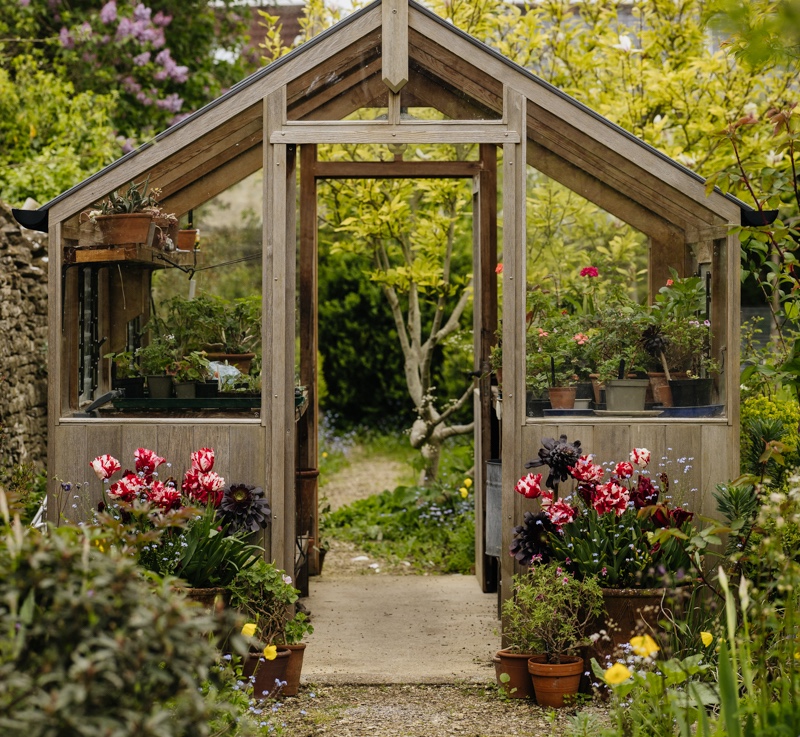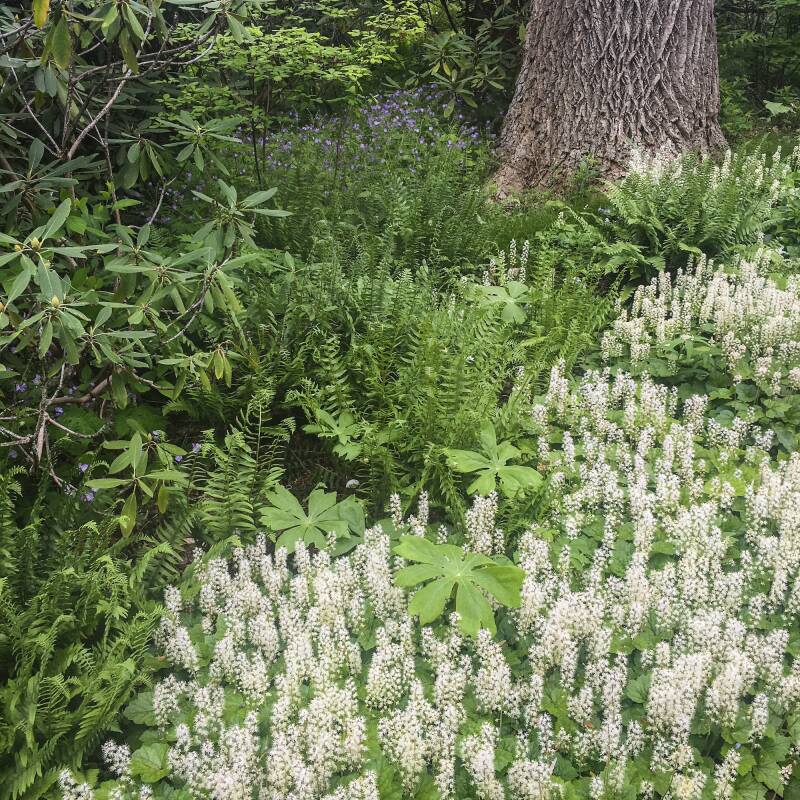After horticulturalist Kelly D. Norris finished writing New Naturalism (the award-winning 2021 book now in its sixth printing), he didn’t have to think hard about what his next book project would be. Norris knew that he needed to follow it up with a how-to book of sorts. “It was clear that the conversation wasn’t over,” he says. “What happens after you’ve designed it and planted it? How is gardening different and how does your relationship to the landscape change?” Norris’s new book Your Natural Garden investigates all these questions and helps gardeners figure out why and how to cultivate and maintain an ecological garden. That said, this book is not your usual gardening handbook.
Your Natural Garden is as much a conceptual conversation as it is a manual of instructions. Faced with the challenge to provide how-to advice for gardeners in a wide range of zones, conditions, and aesthetic preferences, Norris avoids prescriptive step-by-step to-do’s and instead leans into thematic advice. The book is structured into four sections: Place, Complexity, Legibility, and Flow, and in place of conventional chapter structure, readers will find a series of mini-essays within each section. Norris says he wrote it this way because it’s how he reads books. “I am a notorious hen picker when I read, because I’m usually reading about 10 things at once,” he says. “I think about a book like a box of chocolates: You can open it up and read one little bit.”
Your Natural Garden is also bursting with photos of gorgeous, natural gardens. In fact, you could buy the book for the photos alone, but they are more than just window dressing for the practical advice. Most photography in the book is shot by Norris (much of it capturing his own designs). “The images reflect places that I’ve been and experiences that I’ve had in that way that I could directly connect to narratives I wanted to share in the manuscript,” he says. The result is a guide that is as inspiring as it is useful. Here are five lessons from Your Natural Garden.
Photography by Kelly D. Norris from Your Natural Garden (Cool Springs Press).
1. ‘Place’ comes first.

Norris intentionally started with “Place” because he believes gardeners need to get to know the greater natural landscape in which they garden in order to make informed choices about their maintenance. “We need to think about it from an ecological background,” says Norris. A deep knowledge of place is a necessary complement to Norris’s prompts.
2. Design doesn’t stop after planting.

“Cultivating a natural garden in the spirit of place requires ongoing design through stewardship,” Norris writes. For example, Norris notes that as plants grow, the views through the garden can become obscured. Gardeners must maintain proportions and views through managing shrubs and trees.
3. Define your ‘why.’

Norris believes that gardeners will have the greatest success, if they know their own interests. Some gardeners may just love a profusion flowers, while others might care less for aesthetics and garden to support wildlife. Your style should be informed by what lights you up, and returning to that reason will help you make decisions in your everyday garden tasks.
4. You can naturalize a traditional border.

Norris doesn’t see any reason for gardeners to rip out their classic perennial borders in order to explore natural gardening. Rather, he says to keep those mature plants and add to them. One suggestion in particular is to add a base layer. “The matrix layer is often missing from traditional borders because it was supplanted with mulch instead,” Norris writes. “Accessorizing this layer delivers immediate practical benefits by introducing a few species of ‘green much‘.”
5. Learn to trust your intuition.

The natural garden requires the gardener to be observant and ask questions. Your intuition grows with experiences, Norris explains, writing, “As you learn, recipes and formulas are helpful guides, but eventually, the work becomes more instinctual and less dictated by rules.” In other words, Norris is here to guide you, but as the title suggests, it is your natural garden and you are its best expert.
See also:
- Required Reading: ‘Beyond the Meadows: Portrait of a Natural and Biodiverse Garden by Krautkopf’
- To Rewild or Not to Rewild? 10 or So Questions with Landscape Designer Jinny Blom
- Ask the Expert: Regenerative Organic Gardener Emily Murphy on How to Rewild Your Landscape













Have a Question or Comment About This Post?
Join the conversation (0)